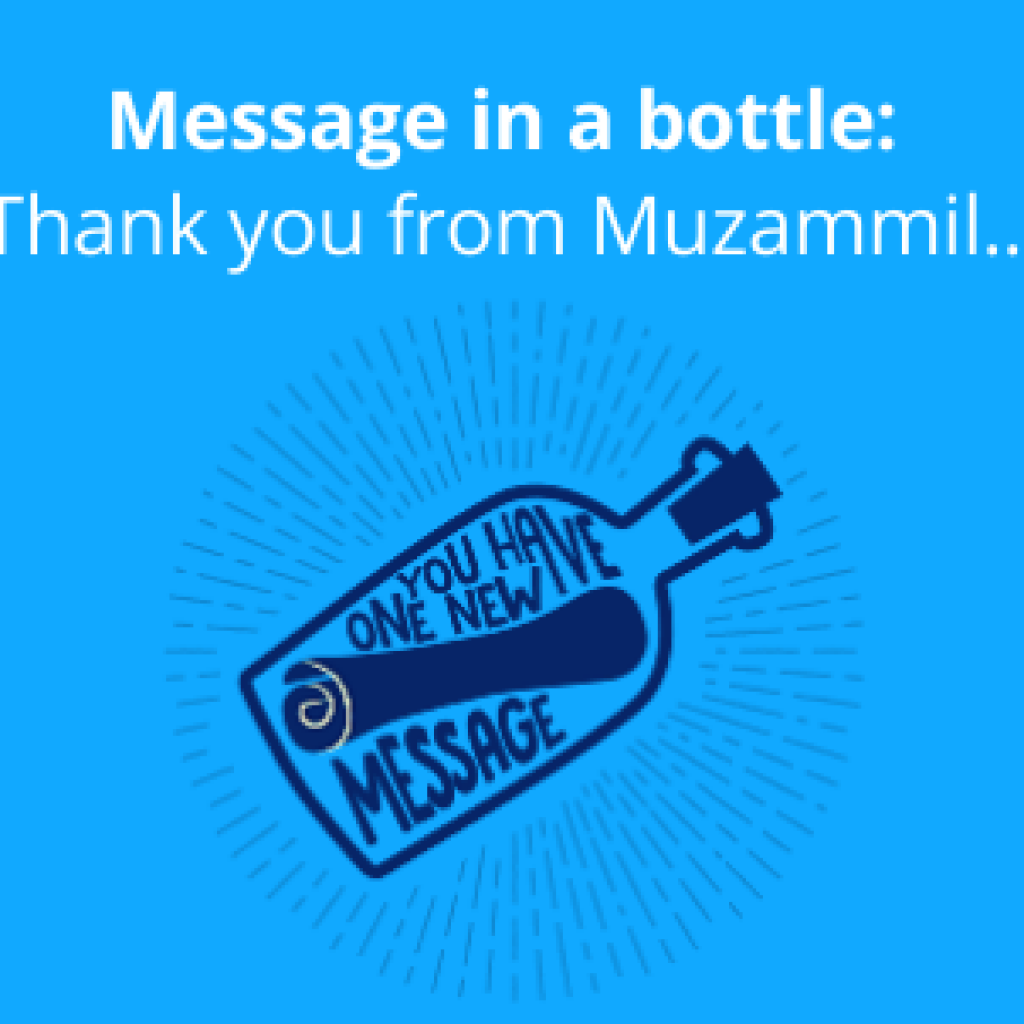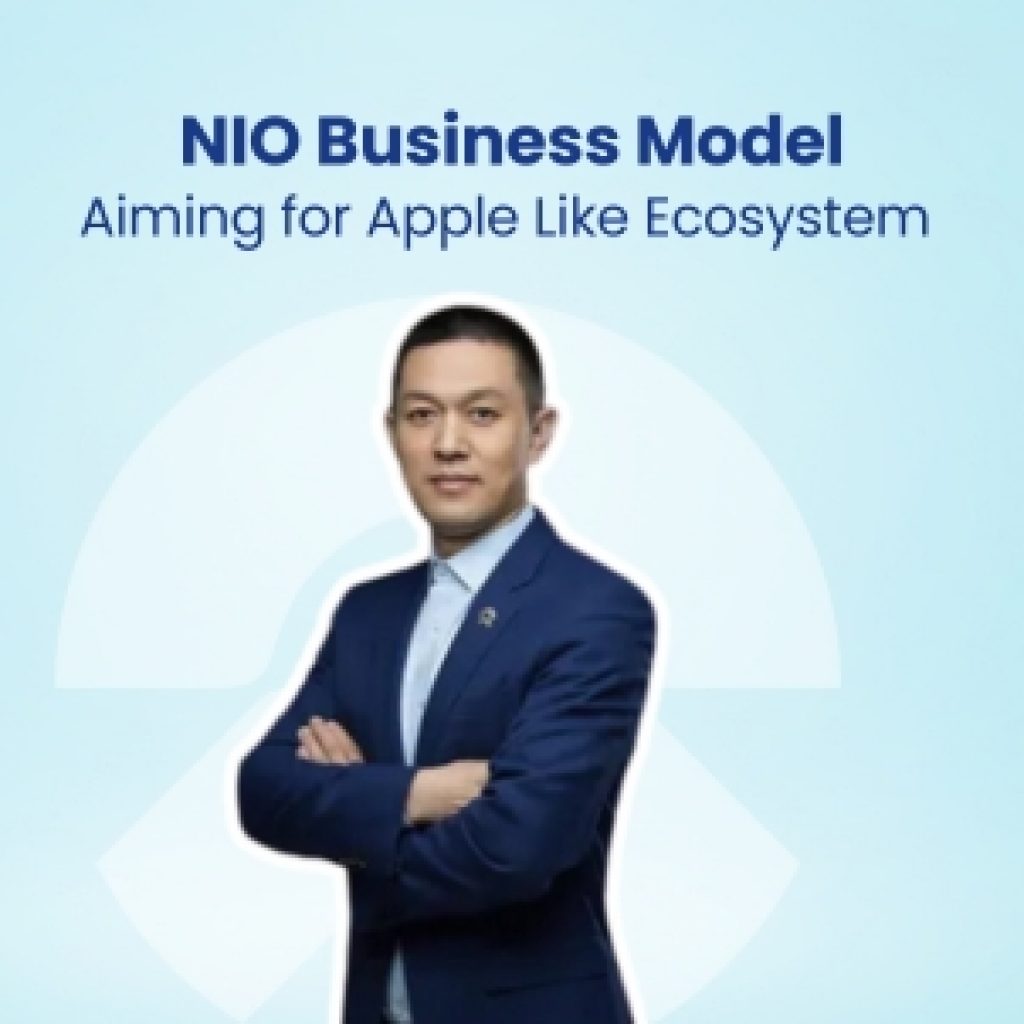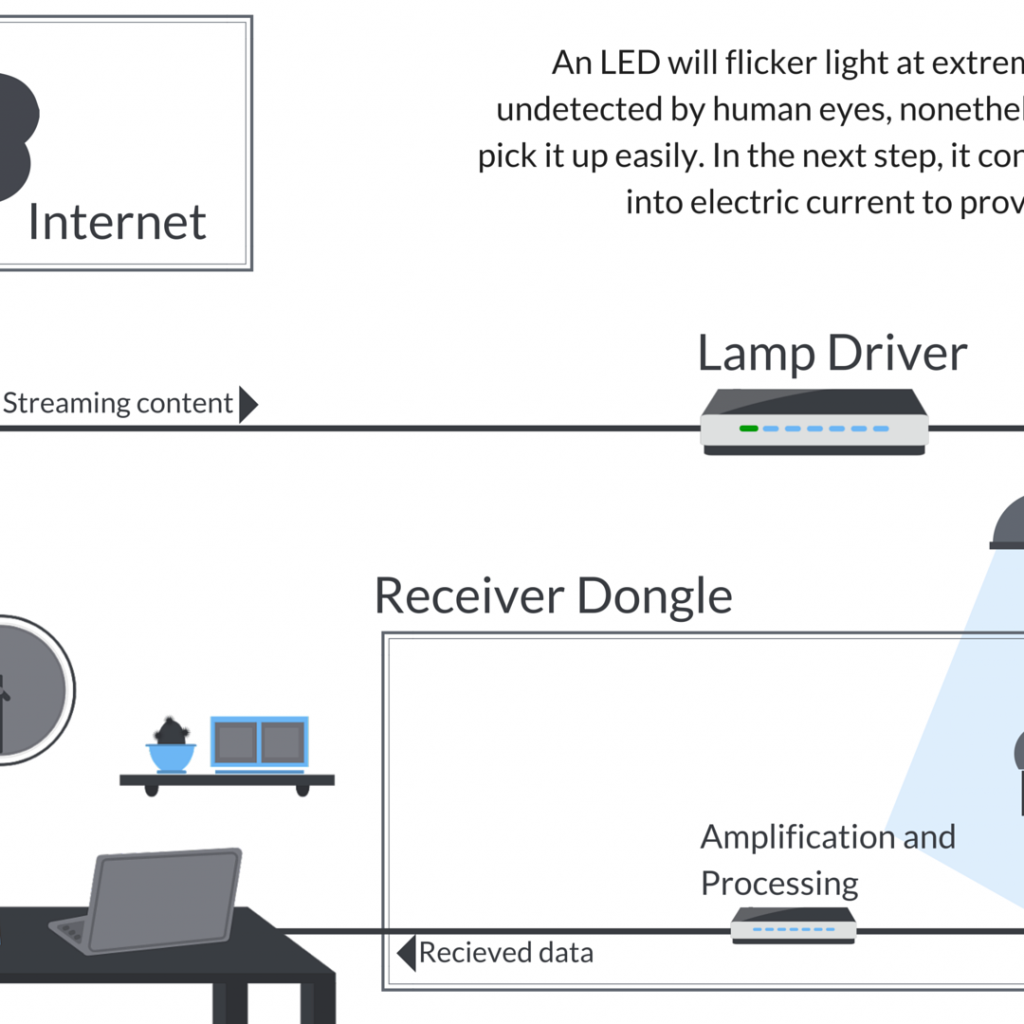Online resources such as product manuals and company websites are a good starting point for patent infringement analysis. However, these sources can often be inconclusive, making it difficult to determine if a target company is actually infringing on a particular patent.
A similar challenge arose when a client approached our team with a specific request to identify high-potential patents from a portfolio of 400 patents related to computer networking concepts. The project also involved conducting an infringement analysis against a leading technology company in the same domain.
While this might seem like a standard request, we were forced to think beyond traditional methods and develop creative strategies to locate the element of the subject patent that was nowhere to be found. This novel approach ultimately yielded a definitive conclusion regarding true patent infringement potential.
The Initial Search Strategy To Sift Through Hundreds of Patents
To analyze hundreds of patents, first, we leveraged our in-house tools, PVT and BOS. These tools use objective criteria like citations, the number of claims within the patent, and existing legal challenges (blocking data) to predict a patent’s relevance to the specific domain. Patents scoring high on these metrics are more likely to hold value for infringement discovery.
Following this initial screening, our domain experts conducted a thorough manual review. During this stage, we identified USxxxx410B2, which was based on VLANs, specifically link aggregation and trunking implemented in a networking device in a VLAN.
Patent Claim in focus:
A … device, …:
a processor;
a memory…;
…network ports …; and
… enable link aggregation … virtual local area network (VLAN) basis … prevent alteration of VLAN IDs for a port in a scenario when it is a part of a trunk.
Despite the seemingly simple nature of the invention, the next step was extensive research to understand its true scope.
Analyzing Online Resources to Find Product Overlap
Generally, resources such as product manuals, datasheets, the company’s website, blogs, research papers, and standard documentation give an overview of whether the target company uses the technology or not.
For US patent xxxx410B2, we identified nearly all the claim elements using this strategy. However, one specific element, “prevent alteration of VLAN IDs for a port in a scenario when it is part of a trunk,” remained a point of contention.
| Patent Claim | Info in Target Product |
| A … device, …:a processor; a memory…;…network ports …; and | Analyst Comment: The above information is from the product manual of a network switch, which is the target product here. As shown above, the device (network switch) supports some number of ports (network ports) operated by processors, a PCIe interface that connects to a local host CPU (processor), and memory managed by the Memory Management Unit (MMU). |
| … enable link aggregation … virtual local area network (VLAN) basis … prevent alteration of VLAN IDs for a port in a scenario when it is a part of a trunk. | Analyst Comment: The above information from the device’s product manual discusses port-based VLANs and support for Link aggregation and Trunking according to a specific protocol developed by the target company. Multiple ports can be bundled together to form a single link (trunk). It also allows each port to have more than one VLAN associated with it. However, the claim element “prevent alteration of VLAN IDs for a port in a scenario when it is part of a trunk” (yellow highlighted in the left column) was not explicitly mentioned in the target product’s literature. Hence, further investigation was needed to ascertain whether it was available in the product. |
Thinking Beyond the Obvious
To locate the missing element from the subject patent, the scope of the investigation was expanded to explore resources beyond those directly tied to the target company. The “open search” strategy was used, which involved leveraging various online resources beyond the typical patent landscape, including academic journals, research papers, and even industry publications. This approach led to a relevant passage in a book by a university professor.
However, the investigation revealed no direct connection between the author and the target company.
Strategic Brainstorming
To overcome this new challenge, there was a need to determine if the concept outlined in the patent was a standard practice within the industry. If this concept was a common and expected function of any VLAN product, it would significantly influence the analysis of whether the target company’s technology infringed on the patent.
Securing an expert’s opinion was key to resolving the ambiguity surrounding the missing element of the claim. This could have made things a lot easier or at least provided a direction for a conclusion.
This led to a groundbreaking idea – why not contact the book’s author directly? Determined to find the author, a targeted online search was performed leveraging various platforms like social media (e.g., LinkedIn, Twitter), the university website, and research portals (e.g., Google Scholar) to locate the author’s online presence. Finally, the author’s LinkedIn profile was found, and a contact was established with him.
A series of questions were formulated to seek clarification on the concept of preventing changing the VLAN IDs of a port when the ports form a group (e.g., trunk). Below are some snapshots of the questions asked and the author’s responses
He revealed that the practice outlined in the patent was not widely adopted due to management complexities.
Reaching a conclusion
Because the target company was unlikely to adopt this complex management approach, even if their technology overlapped with certain elements of the patent functionally, it was unlikely to be considered an infringement. Patent infringement applies to not only the technical features of an invention but also the practical application of those features. In this case, the ineffectiveness of the patented approach due to management complexities meant that it was not a commercially viable solution and, therefore, not a true threat in terms of potential infringement.
Based on this understanding, it wasn’t smart to direct resources to analyze this particular patent further.
This case highlights that to extract accurate and actionable insights, it is essential to carefully consider each case’s specific details and use a combination of online resources, strategic thinking, and expert consultation when necessary.
If you have difficulty confirming product overlap for your patent or want to understand how to redirect your resources, contact the Infringement experts for tailored strategies.
Authored By: Ravishta and Meghna, Infringement Team
Edited By: Annie Sharma










